Nail testing offers a sensitive, versatile alternative to hair testing.
Like hair testing, nail testing can detect drug and alcohol use across long detection windows. This is approximately 6 to 12 months, depending on whether the sample is a fingernail or toenail. It is a straightforward and highly
accurate option that offers an array of benefits.
Unlike hair testing, however, nail tests cannot be used to indicate patterns of substance use. It only indicates if a substance was used, not when. Nail tests are also not appropriate for detecting one-off drug or alcohol use.
Sample collection is fast and non-intrusive, and can be performed anywhere under the supervision of a trained collector.
In this way, nail tests are extremely difficult to cheat.
Sample collection is only possible where fingernails and toenails are long enough and have a
normal appearance — not contaminated with dirt, oil, nail polish or false nails.
We take additional care and judgment when collecting from a donor with peripheral artery disease or diabetes.
What you need to know about nail testing:
Detection window
- Fingernail: 3mm clipping might offer a 6-month exposure history.
- Toenail: 3mm clipping might offer a 12-month exposure history.
Substances tested for:
-
(THC) Tetrahydrocannabinol
-
(COC) Cocaine
-
(MDMA) Methamphetamines
-
(AMP) Amphetamines
-
(OPI) Opiates
-
(PCP) Phencyclidine
-
(BZO) Benzodiazepines
-
(MET) Methadone
-
(BAR) Barbiturates
Tests may also cover substances including fentanyl, tramadol, and ketamine, depending on the number of tests commissioned.
Collection method:
After cleaning their hands and washing under the nails, the donor clips their fingernail or toenails in front of a trained collector.
We offer a sterile metal fingernail clipper contained in a labelled plastic vial.
Advantages:
-
Useful alternative to hair testing when a donor lacks suitable hair on their head or body
-
Long detection window, for testing over a long time frame
-
Non-intrusive sample collection method
-
Collection can be supervised
Disadvantages:
-
Cannot detect recent substance use
-
Requires fingernails or toenails over a certain length
-
Toenail samples must not be collected if the donor suffers from peripheral artery disease or diabetes
-
Unsuitable for confirming one-off substance use
How does nail testing work?
A nail drug test analyzes an individual’s fingernail clippings for the presence of various drugs, including illegal substances. Because the process is extremely simple and highly accurate, nail drug testing is a popular option for employers, legal representatives, and individuals alike.
Your fingernails are made of keratin fibres, just like your hair. As your nails grow, substances in your bloodstream are transferred from the vessels below your nails into the keratin. The biomarkers of these substances, including drugs, become trapped in the keratin fibres of your nails, where they will remain for several months as your nails slowly grow.
A nail drug test closely analyzes your nail clippings to measure the presence of these biomarkers, as well as any substances that may be in or on the nails due to direct exposure.
|
|
Want to work with usFor enquires |
